Glass Age
AeBeZe Labs, Mitchelle Algus, Farah Al Qasimi, Maria Antelman, Carver Audain, Ivana Bašić, Sam Ekwurtzel, Jules Gimbrone, Nicolas Guagnini, Jessica Jackson Hutchins, Baseera Khan, Amy Lemaire, Emily Ludwig Shaffer, Sam Moyer, Raúl de Nieves, Jo Nigoghossian, Theodore Sefcik, Calvin Seibert, Siebren Versteeg, organized by Jesse Greenberg
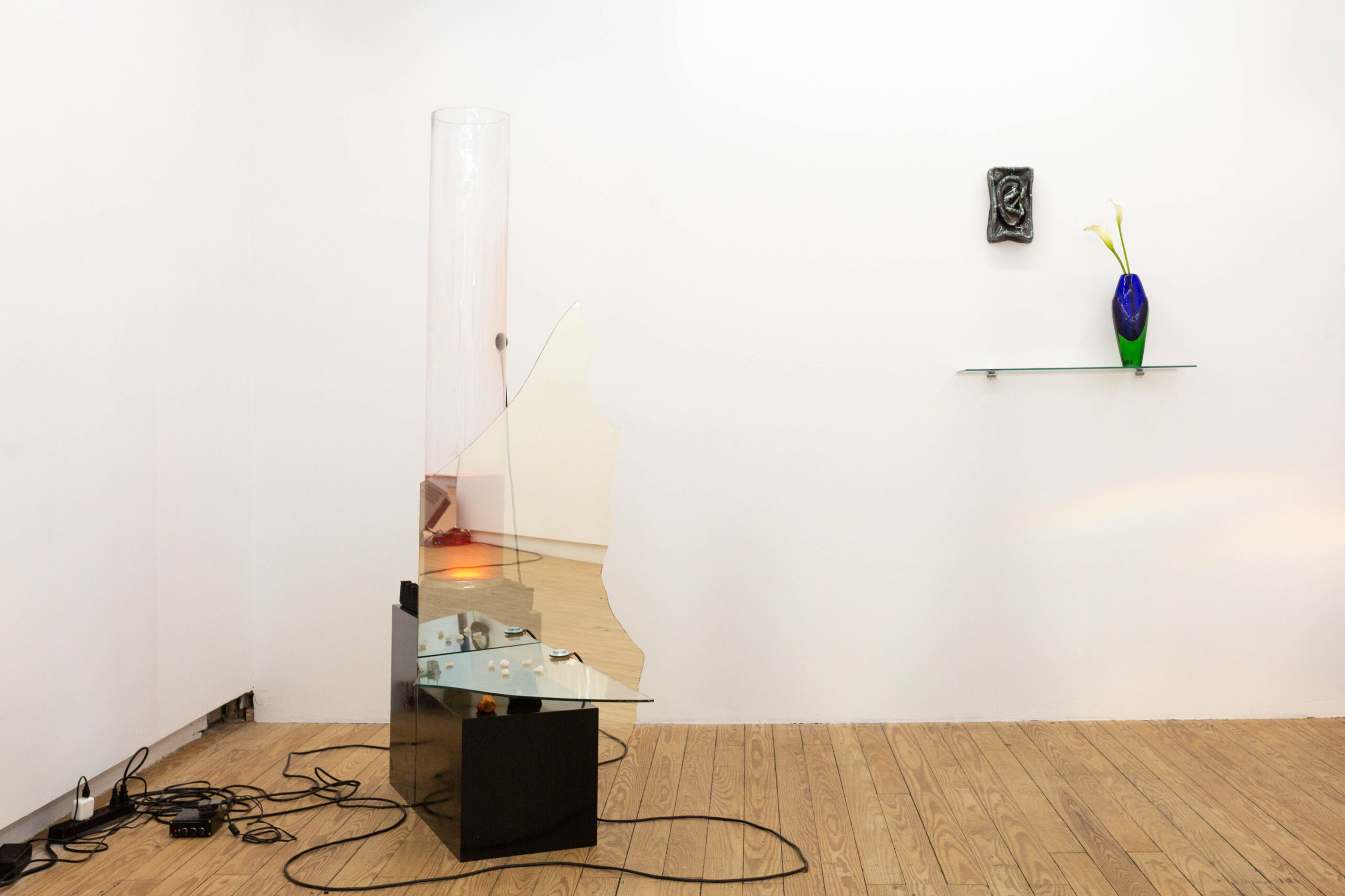
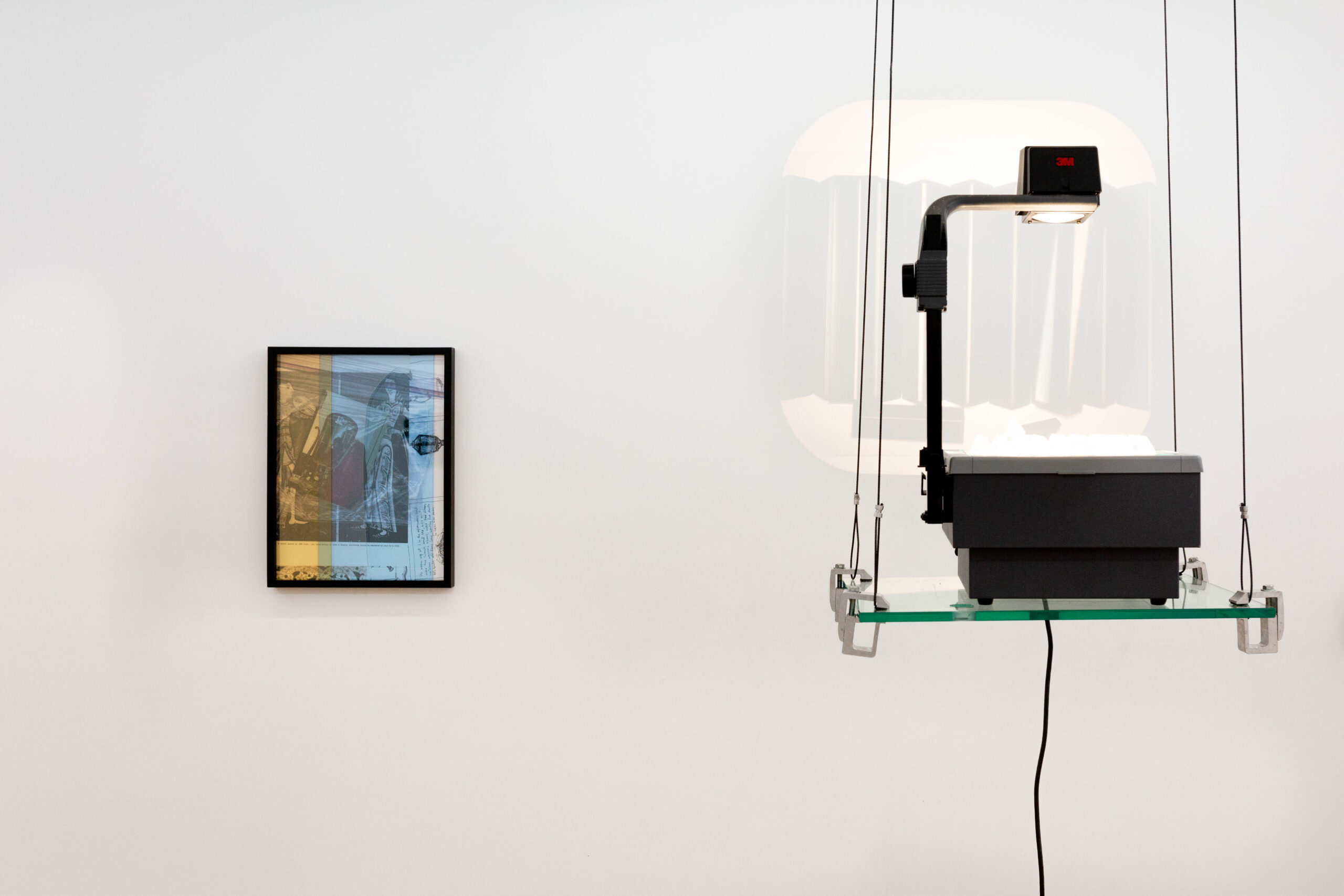
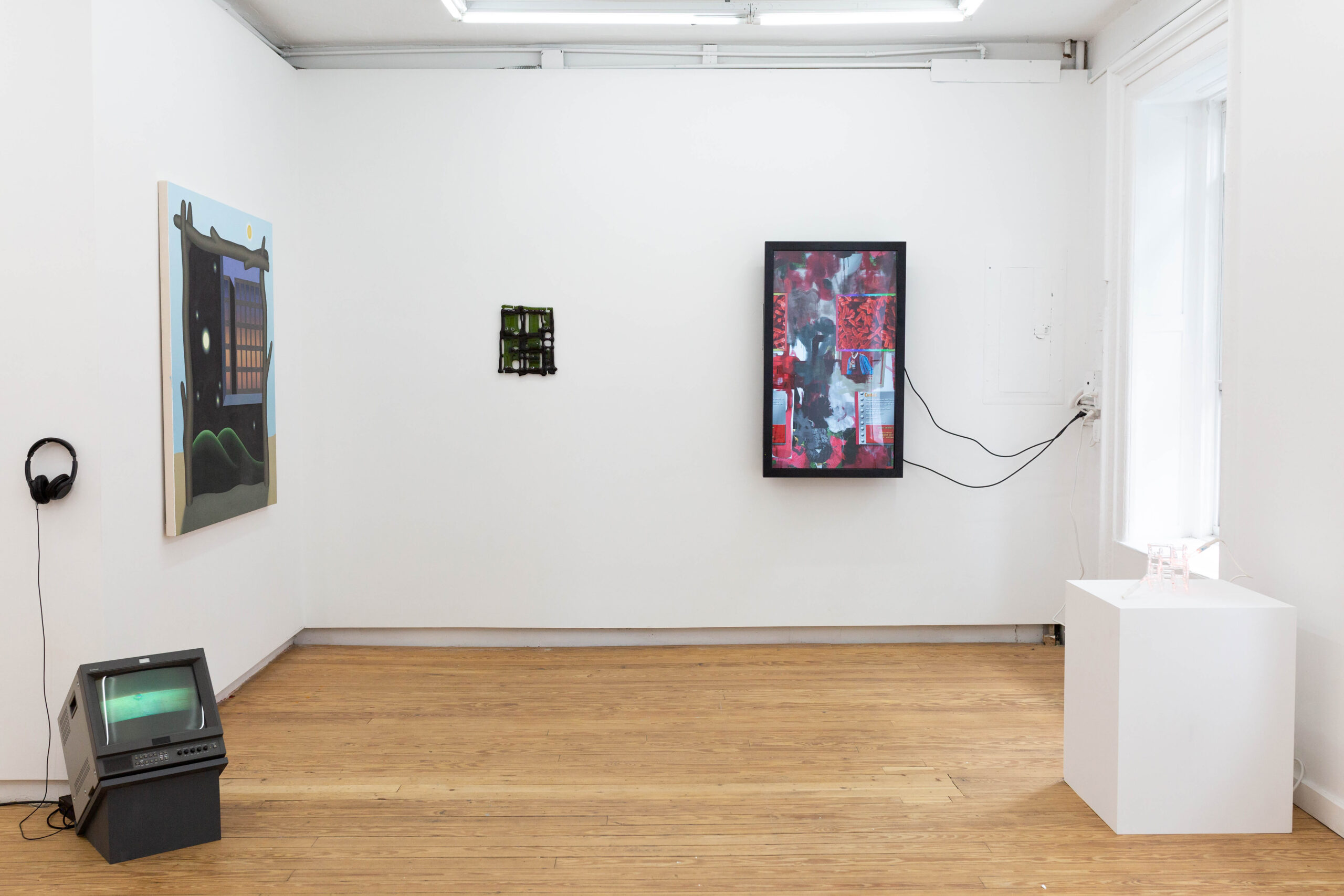
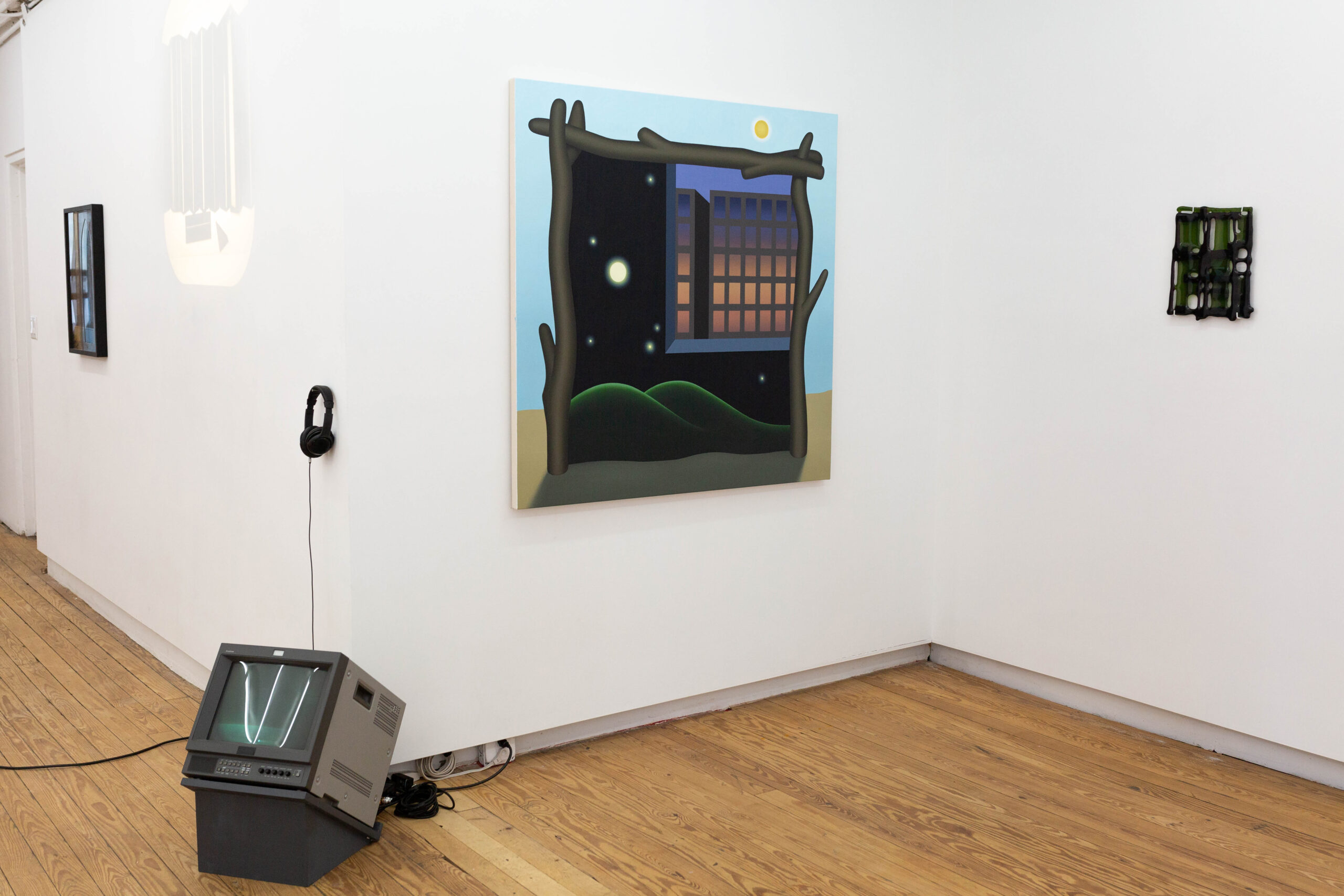
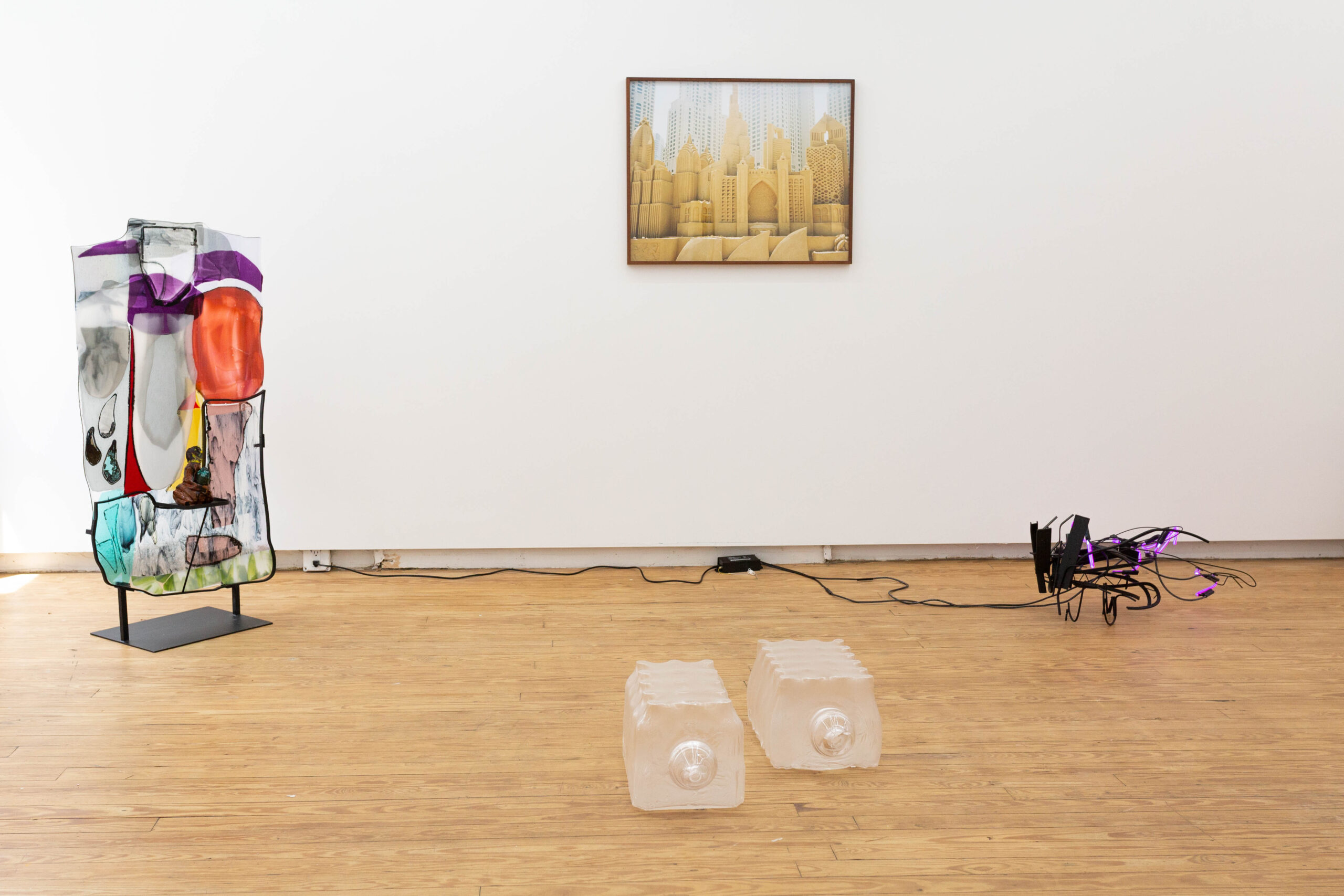
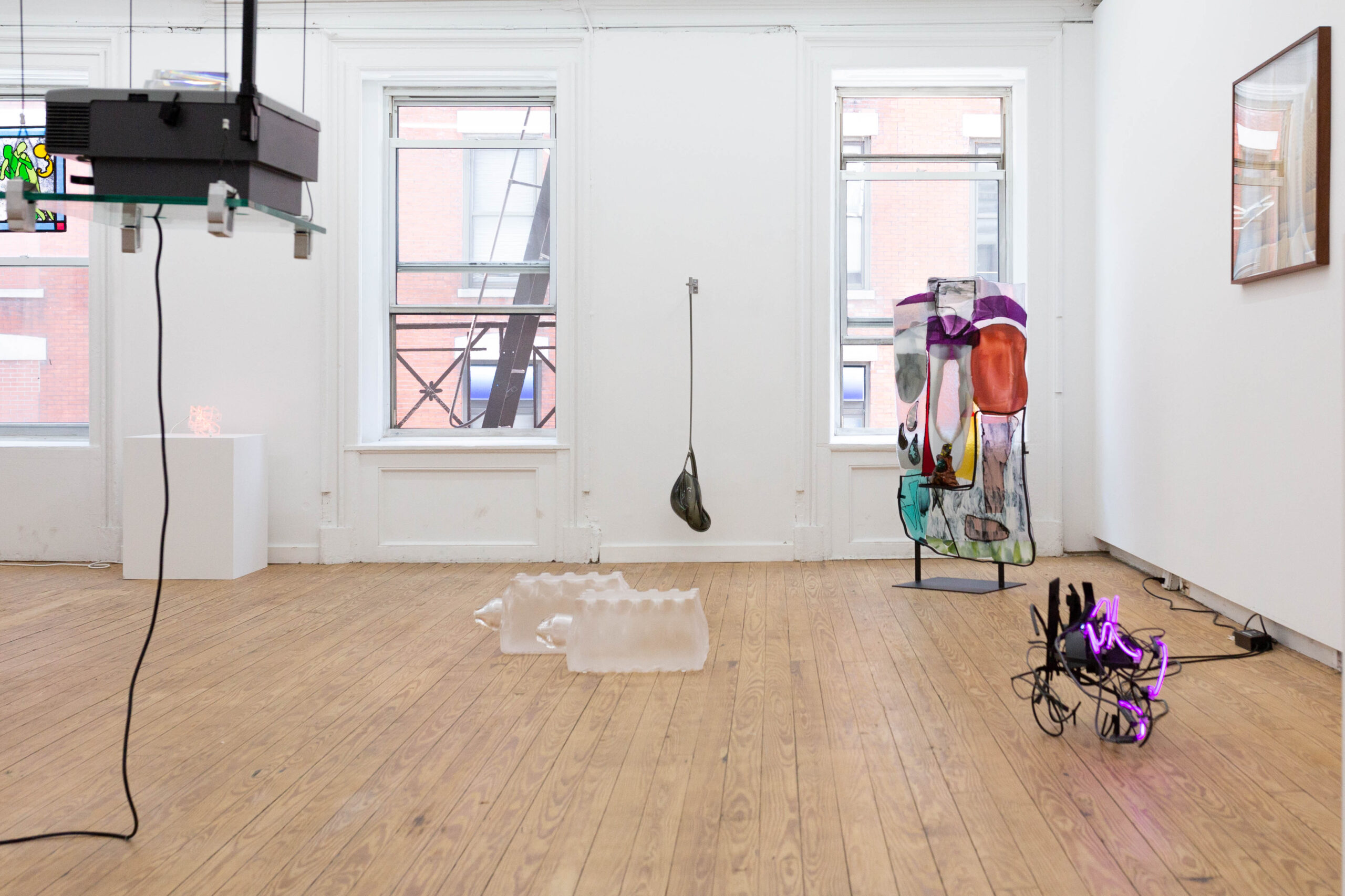
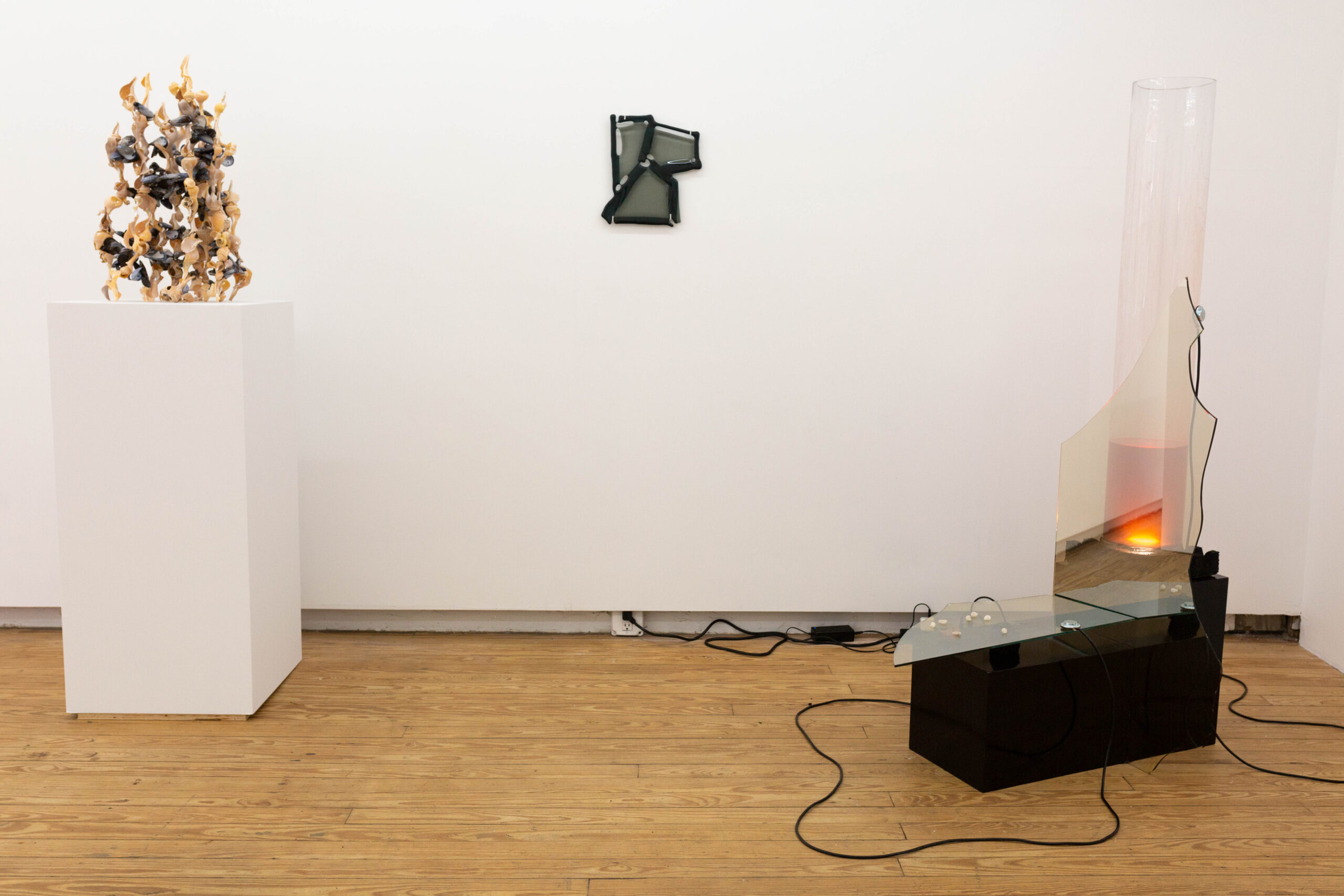
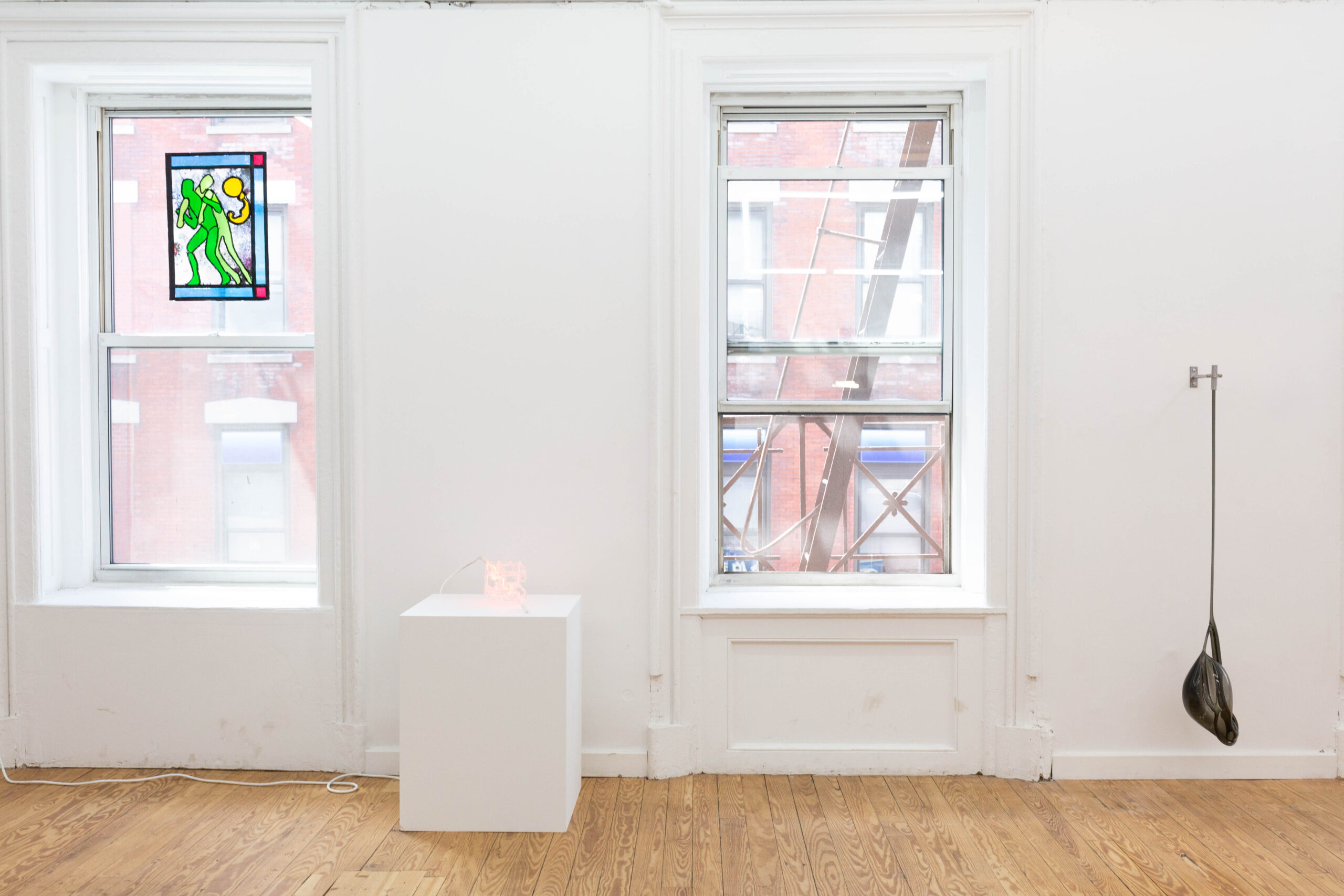





7 Jun–20 Jul 2019
Glass Age
AeBeZe Labs, Mitchelle Algus, Farah Al Qasimi, Maria Antelman, Carver Audain, Ivana Bašić, Sam Ekwurtzel, Jules Gimbrone, Nicolas Guagnini, Jessica Jackson Hutchins, Baseera Khan, Amy Lemaire, Emily Ludwig Shaffer, Sam Moyer, Raúl de Nieves, Jo Nigoghossian, Theodore Sefcik, Calvin Seibert, Siebren Versteeg, organized by Jesse Greenberg
Glass is the most paradoxical of materials—both unfathomably ancient and incontrovertibly modern. First manufactured in Mesopotamia and Egypt nearly 5,000 years ago, glass is as old as civilization itself, and its use has been documented by historical cultures around the world. Yet thanks to its unrivaled range of aesthetic and physical properties, glass has remained at the forefront of technology and culture into the present day. In the 20th century, modern architecture was defined by the shimmering facades enabled by new techniques for manufacturing large sheets of so-called “float glass,” while in the 21st century innovations in fiberoptic technology have spurred growth of an unprecedented network of cables connecting cities, countries, and continents and thereby transformed glass into the literal backbone of global telecommunications.
In fact, scientists and engineers are increasingly speaking of the dawn of a new “Glass Age.” From the Gorilla glass smartphone screens that we carry in our pockets, to the environmentally responsive smart glass being used in new buildings, to the bioactive glass being tested for advanced medical treatments, glass is being deployed in a host of cutting-edge applications that are changing the way we live. One of the intriguing possibilities of this new age is a new relationship between technology and nature. The Space Age was unquestionably an epoch of synthetic materials—fiber-reinforced polymers, experimental metal alloys, and above all, plastics. Like its equally ubiquitous but more sinister rival, plastic, glass originates in bio-matter. But while plastic requires the alchemical transformation of subterranean oceans of oil, glass is produced by a simple conjunction of sand and heat. This operation is so straightforward that it occasionally occurs naturally, as in the case of fulgurite, which is formed when lighting strikes desert sands, forming a jagged stalk of natural glass that roughly captures the form of the end of the lightning bolt. In the Glass Age history, too, is repositioned in relation to technology. If we typically think of technological advances precisely in terms of paradigm shifts and definitive breaks with the past, many of the latest glass technologies are still based on blowing and casting the material—both techniques that have been used to craft glass for millennia. Through glass, we see a form of technology that is less about leaving history behind than about achieving new combinations of tradition and innovation.
The artists in the exhibition Glass Age explore the mutability of glass in all its forms, its relationship to technology and nature, and history and culture alike. They probe, too, the materiality of glass itself, from the almost mystical response of glass to light to its famously irregular atomic structure (referred to as “amorphous” or “frustrated” because glass molecules are permanently in transition, never cohering into a rational crystalline structure). In probing the multivalent applications, associations, and aesthetics of glass, these artists reveal a material that reflects the world surrounding us, both ever-present and ever-transforming.